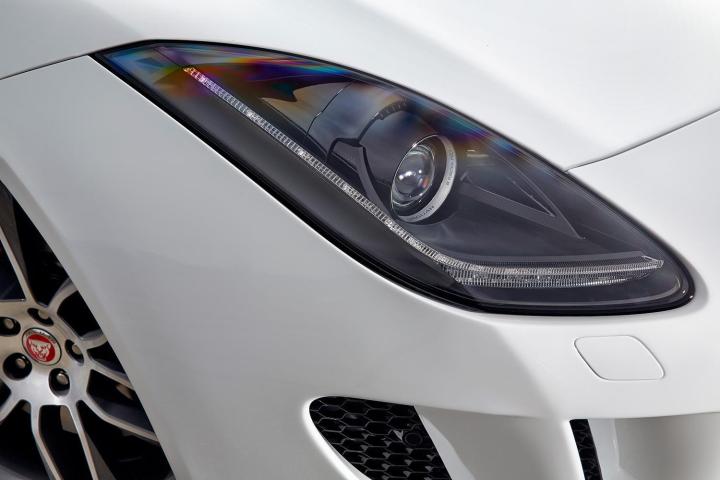
AutoGuide reports that Jaguar Land Rover has trademarked the name “EV-Type” in the U.S. and Europe, so does that mean an electric Jag is in our future?
While it was used on the X-Type and S-Type sedans in the 2000s, the “-Type” designation is currently reserved for the F-TYPE sports car.
The C-X16 concept that formed the basis for the F-TYPE featured a hybrid powertrain, but Jag hasn’t discussed any plans for an electrified version of the production model.
It’s about to launch all-wheel drive F-TYPE models, so any further expansion of the lineup would probably have to wait until at least after they hit showrooms.
Tightening global emissions standards may coerce Jag into pursuing a hybrid or all-electric car in the future, though. It’s German luxury rivals are already embracing the technology, and partner Land Rover is reportedly mulling an electric SUV.
It’ also possible that Jaguar is just trademarking the name EV-Type as a preemptive move. It may have no plans to use that name on a production car, but may not want someone else using it.
That doesn’t mean an electric sports car wouldn’t be an interesting addition to Jag’s lineup. It would make a good rival for the long-rumored second coming of the Tesla Roadster and a potential electric Porsche, although we’d miss the snarl of the F-TYPE’s internal-combustion engines.
Editors' Recommendations
- Some on Apple’s failed car project reportedly had a cruel name for it
- 5 impressive EVs you’ll wish you could buy in the U.S.
- Volkswagen is launching its own self-driving car testing program in the U.S.
- VinFast’s new electric cars will be available in the U.S. this year
- The Sony car is real. Sensor-studded Afeela EV destined for U.S. roads in 2026


